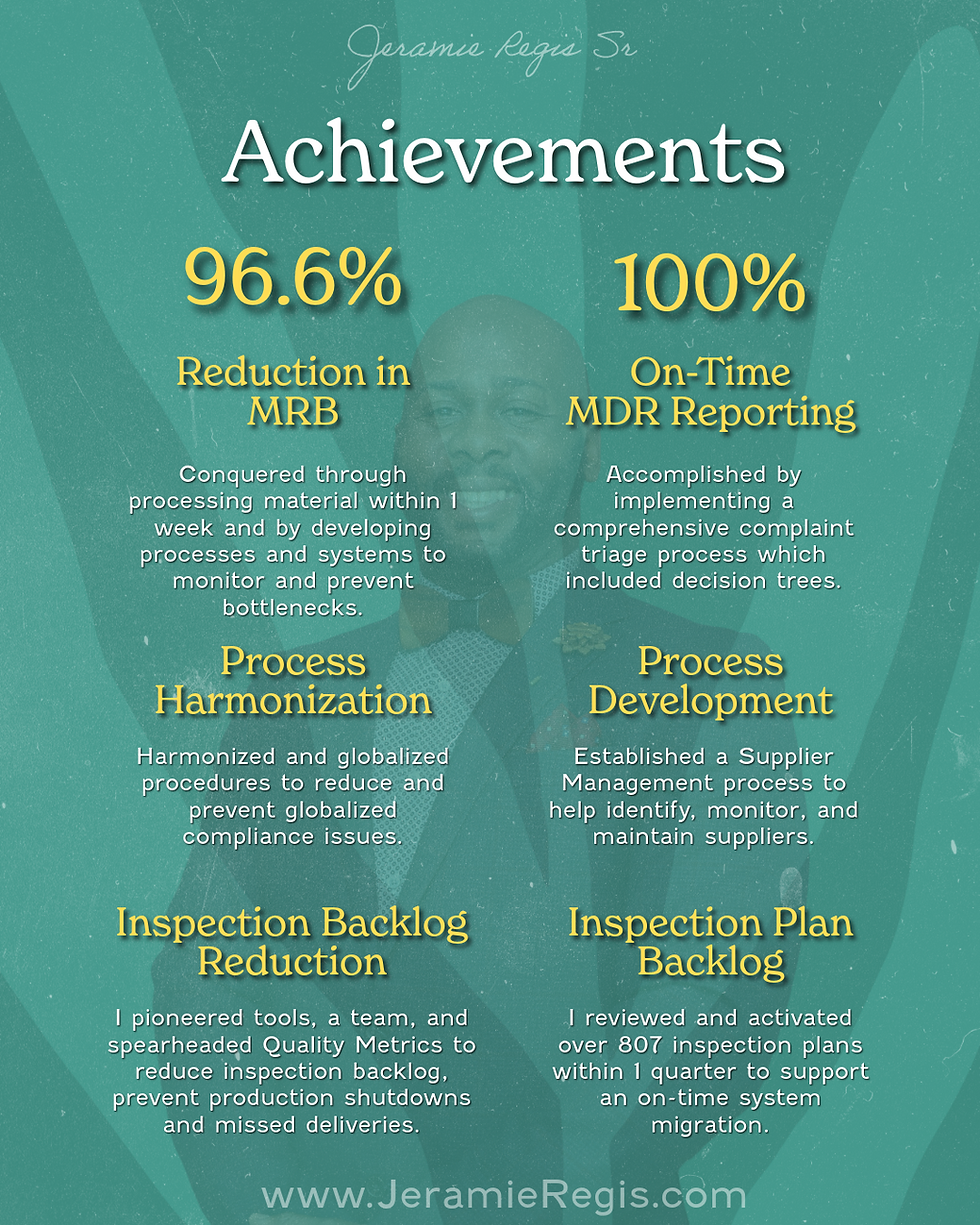Contract vs Permanent Roles in the 2025 Medical Device Market
- jeramieregis
- Jul 23
- 3 min read
Updated: Sep 6
The medical device industry is booming: the global market reached $640 billion in 2024, with North America at $256 billion, growing ~6% annually . Simultaneously, the medical device contract manufacturing sector—critical for prototyping and scalable production—hit $95.8 billion in 2025, projected to rise to $156.6 billion by 2030 at a 10.3% CAGR . This surge fuels demand for diverse workforce models, but is a contract position right for you—or me?
⸻
✅ Pros of Contract Roles
1. Higher compensation
Contractors typically earn 30–40% more per hour than permanent counterparts . That boost offsets the lack of benefits.
2. Flexibility & variety
You can choose projects, schedules, and even remote work—ideal in fast-moving med‑tech environments .
3. Rapid skills growth
Working across companies and platforms accelerates your expertise, especially in regulatory, QA, and manufacturing systems .
4. Networking & exposure
Contract roles often enable connections with multiple teams and technologies—opening doors to future opportunities.
5. Fast hiring cycles
Fill urgent, project‑based roles quickly—perfect for bridging employment gaps or stepping into new niches .
⸻
❌ Cons of Contract Roles
1. Job insecurity
Employment is finite—usually tied to project timelines—leading to volatility.
2. No employment perks
Health insurance, paid leave, retirement benefits, and stock options typical of permanent roles must be self-managed .
3. Administrative overhead
As a contractor, you handle taxes, paperwork, and possibly agency invoicing.
4. Limited career pathways
Permanent roles often include structured progression, leadership training, and internal mobility .
5. Culture and cohesion
Contract staff sometimes feel peripheral to core teams—a downside if you thrive in long-term environments.
⸻
✔️ Pros of Permanent Roles
• Stability & benefits
Enjoy consistent income, healthcare, retirement, and access to professional development.
• Career progression
Defined roles, performance reviews, mentoring, and promotion potential .
• Enterprise-level impact
Investing in long-term strategy, cross-functional collaboration, and deep institutional knowledge.
⸻
❌ Cons of Permanent Roles
• Lower relative pay
Salary benchmarks show contract roles often pay 30–40% more annually .
• Less flexibility
Set schedules, location commitments, and less autonomy over project selection.
• Slow skill diversification
Limited exposure to new platforms, companies, or methodologies compared to contractors.
⸻
📊 Market Insights That Matter
• Healthcare placement trends (2025):
59% in contract roles, 13% contract-to-hire, 28% permanent —reflecting strong demand for contract expertise.
• Medical device outsourcing explosion:
US contract manufacturing market: ~$16.7 billion in 2024, expected to jump to $51.8 billion by 2033 (13.8% CAGR) .
Globally: $95.8 billion in 2025, projected to $156.6 billion by 2030 (10.3% CAGR) .
These numbers reflect surging opportunities for project-based roles—making contractors pivotal in med‑tech innovation.
⸻
🧭 How Contracting Grew My Career
Switching to contract roles helped me:
• Master regulatory frameworks—working live with FDA and EU MDR protocols across clients.
• Lead cross-functional teams under tight timelines, building leadership experience fast.
• Forge a broad network—connecting with experts in manufacturing, software, and project delivery.
• Boost earnings—earning ~35% more hourly compared to previous full-time roles, enabling me to invest in certifications and courses of interest.
• Prove value—demonstrating impact in roles of increasing scope, paving the way for long-term leadership offers.
⸻
🎯 Choosing What’s Best for You
If flexibility, skill acquisition, and higher pay excite you, contract roles are compelling. If you want stability, long-term benefits, and structured growth, permanent roles may be wiser—in either case, align with what stage you’re at.
⸻

Final Thoughts
The 2025 medical device landscape favors adaptability—and contract roles are increasingly integral to innovation, reflected in $95B+ global contracting market and rapid workforce shifts toward contract work.
For me, contract roles turbocharged my career: richer skill sets, expanded network, and leadership chops—all while maintaining robust earnings. Today, I leverage those experiences to step into hybrid roles that blend project-based freedom with long-term strategic impact.
⸻
Bottom line: There’s no one-size-fits-all. Reflect on your current priorities—whether they’re flexibility, growth, equity, or stability—and choose the path that aligns with your personal and professional ambitions.
Curious about sourcing contract opportunities or negotiating rates in med‑tech? I’d be happy to share my frameworks!



Comments